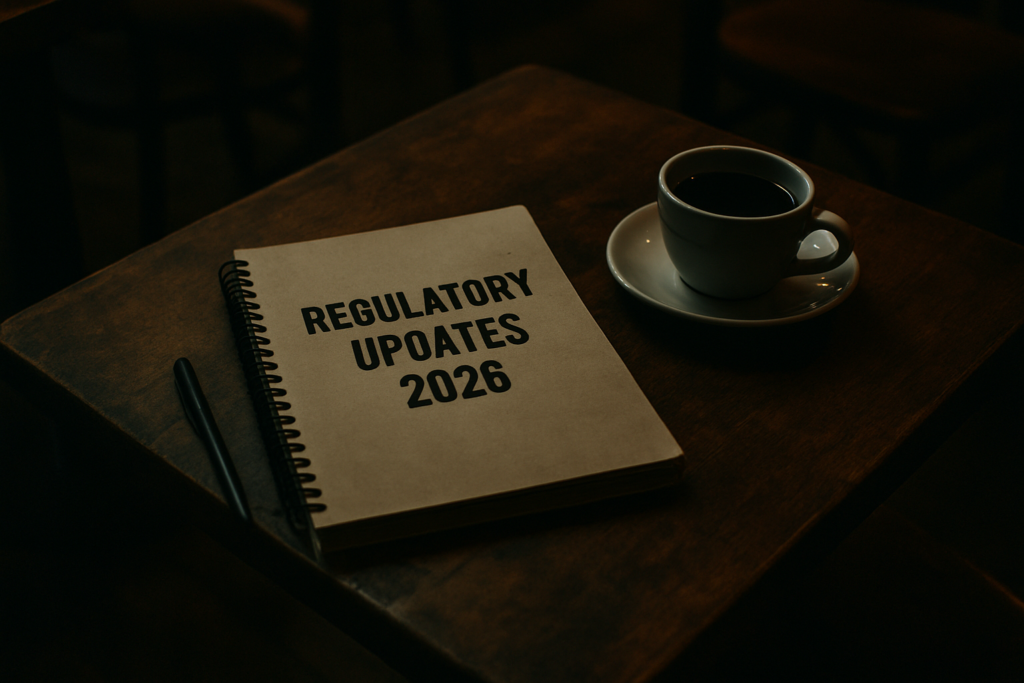AwardWinning Article
In this section of the article, you will write a compelling piece discussing the significance of emerging technologies in modern education. The article should blend a professional tone with a conversational style to engage readers effectively. Be sure to incorporate relevant examples and statistics to strengthen your points and make the content more persuasive.
Emerging Technologies in Modern Education
The integration of emerging technologies in modern education has revolutionized the way students learn and educators teach. From virtual reality (VR) and artificial intelligence (AI) to augmented reality (AR) and interactive whiteboards, these tools have significantly enhanced the learning experience in classrooms worldwide. Let’s delve deeper into why these technologies are crucial for the future of education.
Enhancing Engagement and Collaboration
One of the primary benefits of incorporating emerging technologies in education is the ability to engage students more effectively. With VR simulations, students can explore historical events or scientific phenomena in a dynamic and interactive environment, making learning more immersive and engaging. Similarly, AIpowered chatbots can provide personalized assistance to students, answering their queries and offering feedback in realtime.
Improving Accessibility and Inclusivity
Another critical aspect of utilizing emerging technologies in education is improving accessibility and inclusivity for all students. For example, AR applications can overlay text and graphics onto physical objects, making learning more accessible for students with visual impairments. Additionally, interactive whiteboards equipped with accessibility features can cater to students with diverse learning needs, ensuring that everyone has equal opportunities to learn and succeed.
Facilitating Personalized Learning
The advancements in technology have paved the way for personalized learning experiences tailored to individual students’ needs and preferences. Machine learning algorithms can analyze students’ performance data to identify their strengths and weaknesses, enabling educators to customize learning materials and activities accordingly. By providing personalized feedback and recommendations, these technologies empower students to take control of their learning journey and progress at their own pace.
Placeholder to Effectively Participate in a Group Discussion
Discussing the role of emerging technologies in education can spark diverse opinions and insights. Please ensure that you include the following placeholder verbatim to facilitate active participation in the group discussion:
Placeholder: “Let’s explore how emerging technologies are reshaping the future of education. What are your thoughts on the impact of VR, AI, and AR in the classroom?”
Conclusion
In conclusion, the incorporation of emerging technologies in modern education represents a transformative shift towards more engaging, inclusive, and personalized learning experiences. As educators continue to leverage these tools to enhance teaching practices and student outcomes, the future of education looks brighter than ever. Let’s embrace these technological advancements and unlock the full potential of education for generations to come.



